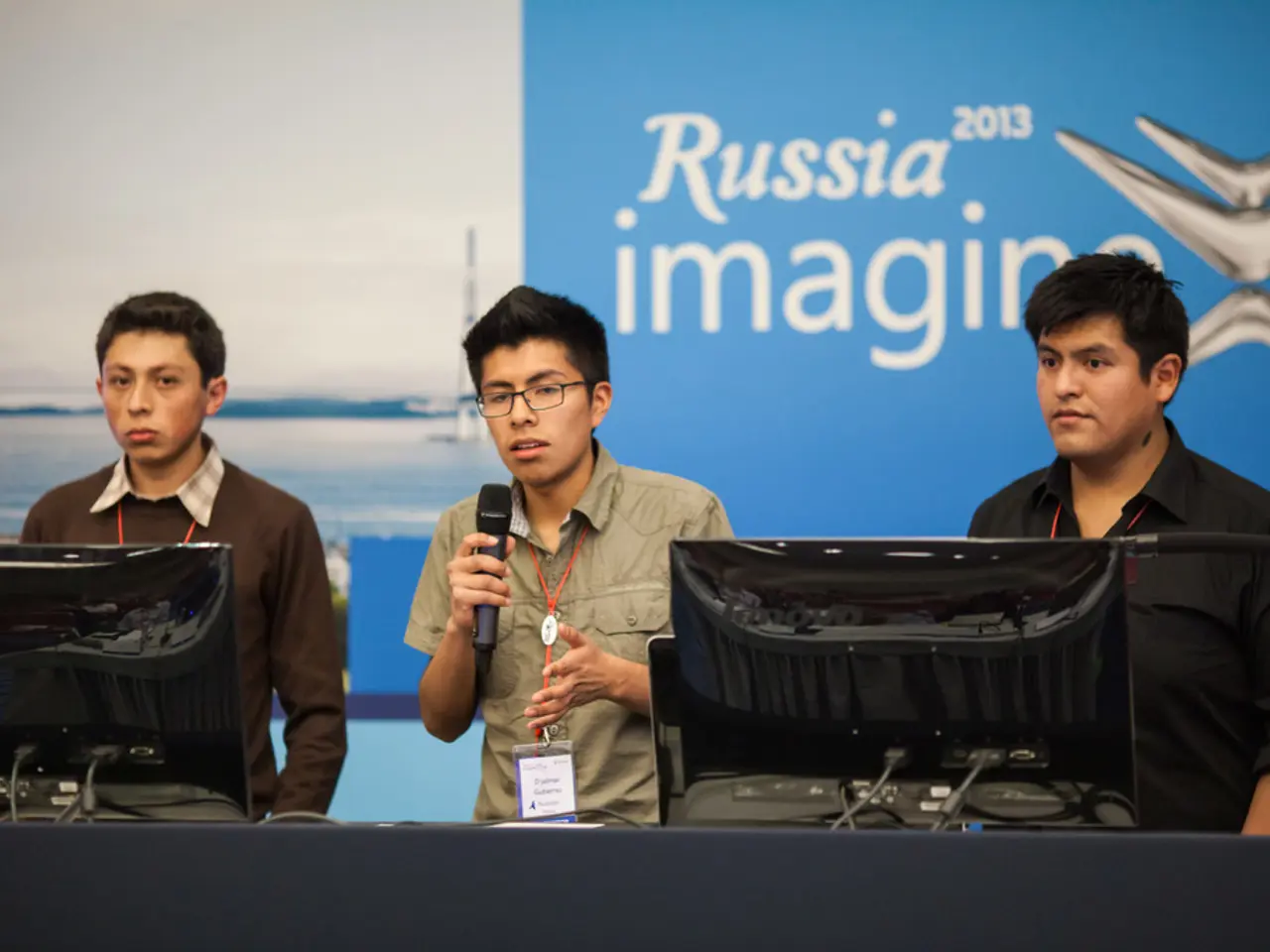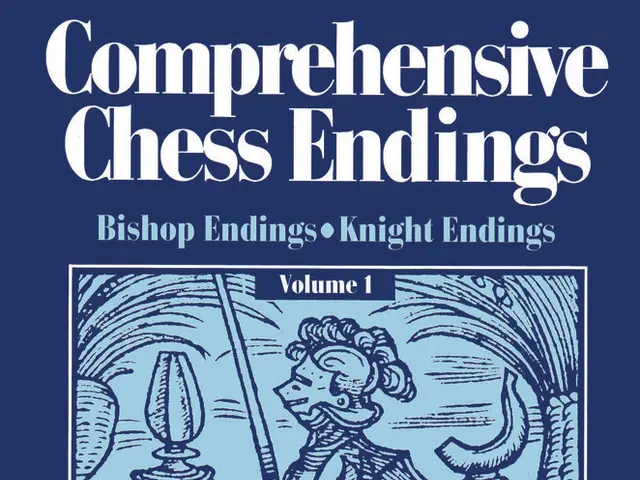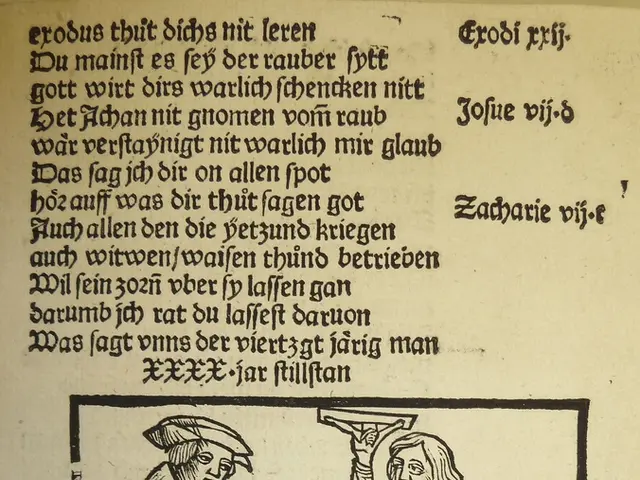Exploring the Grand Mysteries of ChatGPT: A Remarkable Achievement in Artificial Conversational Intelligence
In the rapidly evolving world of technology, one AI model has taken centre stage: ChatGPT. Developed by OpenAI, a company founded in 2015 with a focus on artificial intelligence technologies, ChatGPT is reshaping various industries and redefining human-AI collaboration.
With over 100 million weekly active users, ChatGPT is making a significant impact. It's being used as a programming assistant, helping to debug code, explain complex algorithms, and suggest optimizations. Moreover, it handles 80% of routine inquiries in customer support operations without human intervention.
However, concerns about employment displacement persist as ChatGPT automates tasks previously requiring human workers. On the other hand, it enables professionals to focus on high-value activities while AI handles routine tasks, a concept known as professional augmentation.
ChatGPT's conversational intelligence is genuinely impressive. It understands not just words, but context, nuance, and intent. This capability extends to language translation, going beyond word-for-word conversion and understanding cultural context and idiomatic expressions.
But with great power comes great responsibility. The rapid adoption of ChatGPT has triggered unprecedented ethical discussions about AI's role in society. For instance, ChatGPT can generate convincing but false information about virtually any topic, making it a potential tool for creating misleading content at scale. Content filtering systems automatically detect and block attempts to generate harmful, illegal, or inappropriate content.
Bias reduction efforts are ongoing to minimize discriminatory responses across demographic groups, political perspectives, and cultural backgrounds. OpenAI has implemented multiple layers of safety controls that operate behind the scenes during every ChatGPT interaction.
The emergence of ChatGPT marks more than a technological milestone. It represents a fundamental shift in how humans and machines interact. This shift is evident in the integration of ChatGPT into every digital platform and device through integration ecosystems. Multimodal integration will enable ChatGPT to process and generate images, audio, and video alongside text, creating truly comprehensive communication experiences.
Creative partnerships between humans and AI are producing novel forms of art, literature, and entertainment. On the education front, ChatGPT is not just a simple tutor; it's a catalyst for educational transformation. Real-time learning capabilities are being developed, allowing the AI to update its knowledge continuously rather than relying on periodic retraining cycles. This leads to personalized learning experiences that adapt to individual student needs.
However, academic integrity has been challenged in educational settings due to students using ChatGPT to complete assignments. The issue of content authenticity becomes increasingly complex as AI-generated text becomes indistinguishable from human writing. Understanding data retention policies and conversation logging practices becomes crucial for informed usage.
As we move forward, the conversation has only just begun. How we choose to engage with and guide this development will define the next chapter of human-AI collaboration. The future is bright, and every interaction shapes the future of this remarkable technology. Let us navigate this exciting journey together, ensuring that AI benefits society as a whole.
Read also:
- Unfair Expenditure Distribution, Secret Tourists, Looming Rabies Threats: Latest News Roundup
- Hydrogen: Eco-friendly Alternative or Energy Imperialism Debate?
- Hydrogen: Environmentally Friendly Alternative or Energy Imperialism?
- Strategies for expanding your creative enterprise, directly from industry experts







